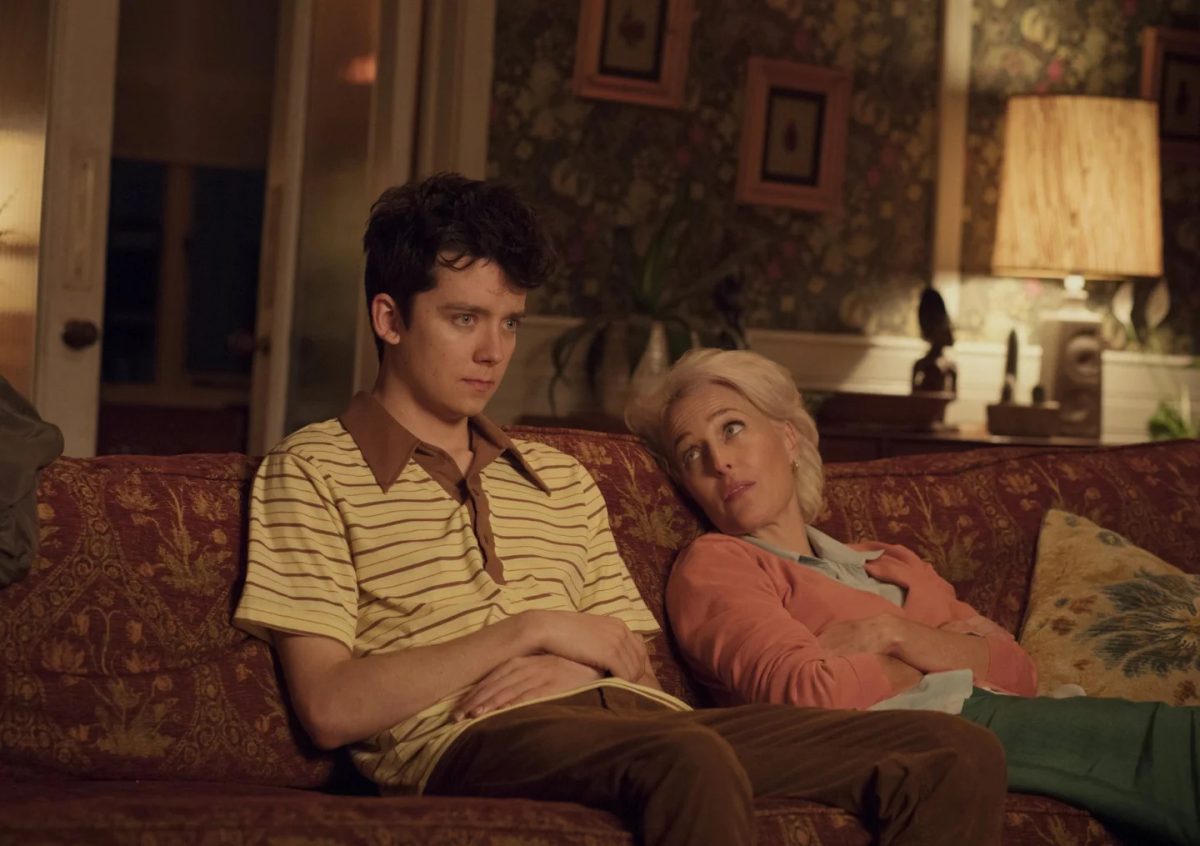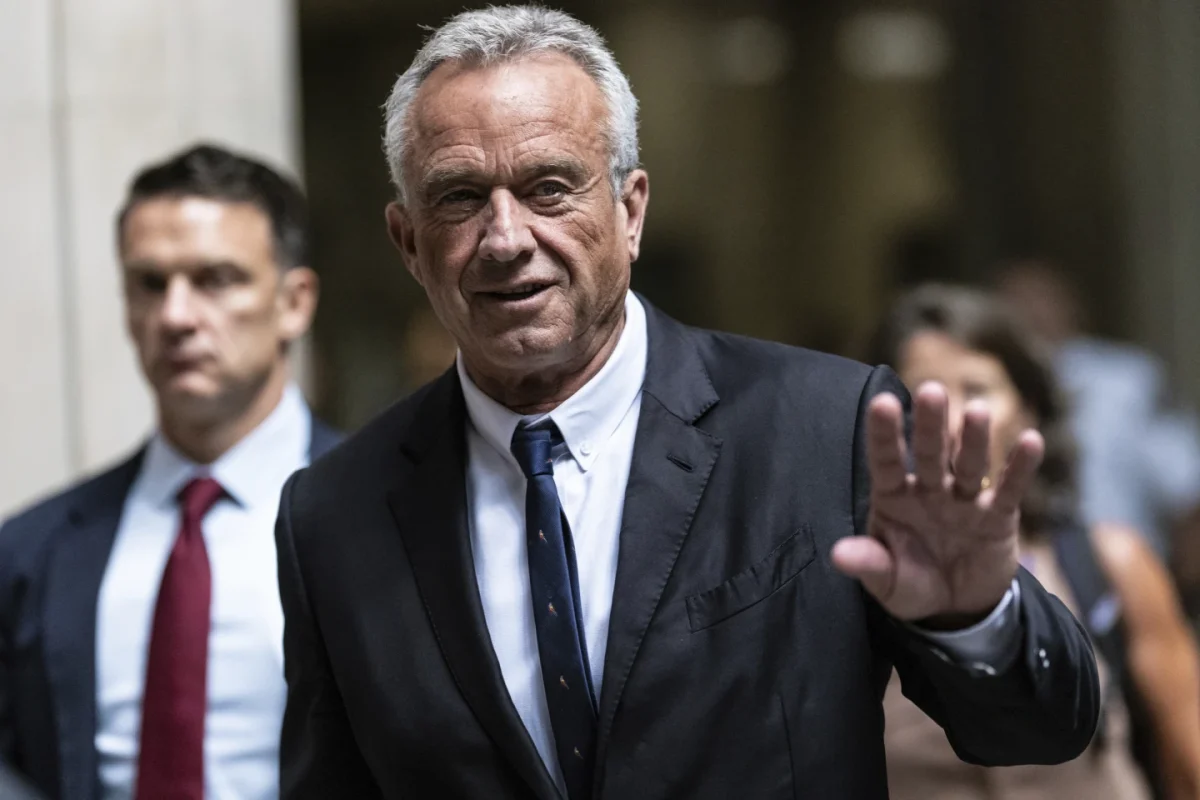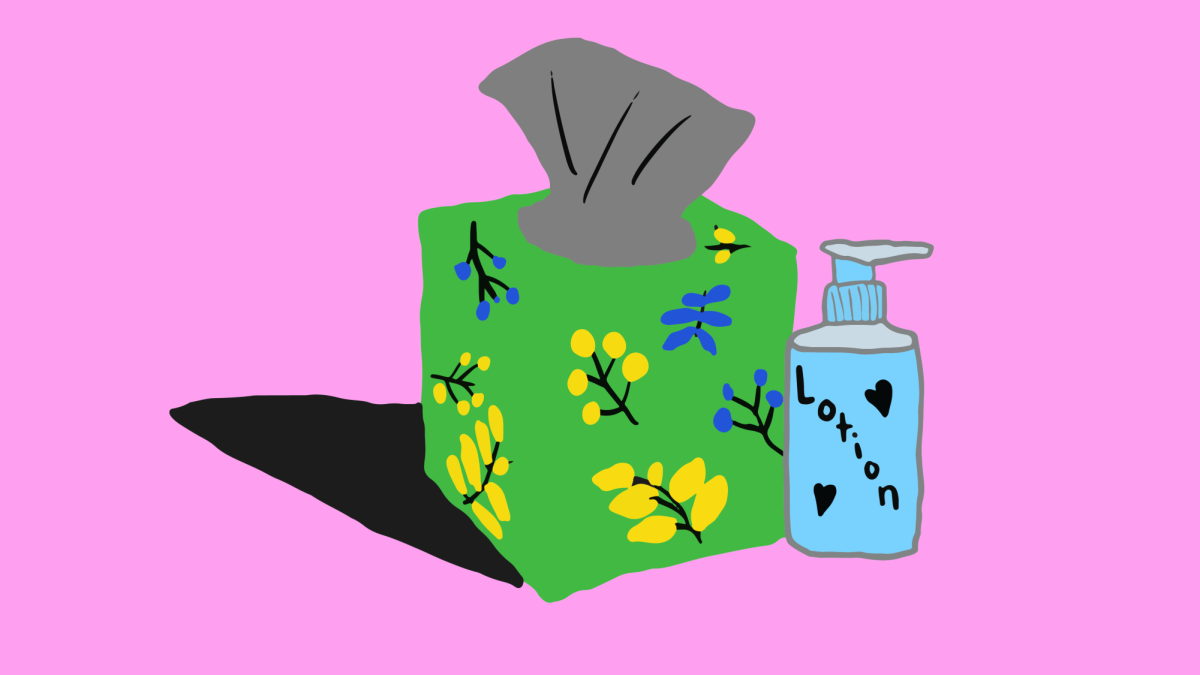My experience with sex education in high school was short, weird and insufficient.
I recently watched the Netflix show “Sex Education,” which touches on the importance of a well-rounded sex education. While watching the show, I learned and reinforced my knowledge of sexuality, gender identity, sexually transmitted diseases and other topics.
For me, most of what I learned was through peers, media or my own research rather than an actual professional, and when a teenager is getting any of their sexual knowledge from porn, there can be a lot of false notions.
According to the American Academy of Pediatrics, adolescents need developmentally appropriate knowledge about their sexuality and how it relates to the world and relationships around them.
They define sexuality education as teaching about human sexuality, which includes “intimate relationships, human sexual anatomy, sexual reproduction, sexually transmitted infections, sexual activity, sexual orientation, gender identity, abstinence, contraception and reproductive rights and responsibilities.”
The AAP states that sex education helps to prevent and reduce the risk of adolescent pregnancy, HIV and STIs in the United States.
Reading and learning about how much sexual knowledge an adolescent should be taught in a safe environment with professionals, I began to think about my own sex ed experience, which felt like an afterthought.
It was called health class and was taught by a PE coach once a week utilizing videos that were clearly shot decades ago. I think there needs to be a better-standardized sex education offered to middle and school-aged adolescents.
In 2023, Planned Parenthood conducted focus groups and a survey, which showed that 96% of parents surveyed believe it’s important to teach sex education in high school.
The problem is that there is no one regulating what sex education is taught. Since education decisions are made state-by-state and not every state even mandates sex education, adolescents and young adults in the U.S. have a range of sexual knowledge, with few receiving the curriculum recommended by pediatricians.
According to Planned Parenthood, 39 states and the District of Colombia mandate a form of sex and HIV education taught in high school. This means that many students in the U.S. are receiving no sex education at all.
They say the type of sex education someone gets comes down to where they live and go to school, with some places offering more informed or comprehensive knowledge, while others carry different beliefs or have less access to the necessary resources.
One of the biggest problems harming sex education today is the stigmas surrounding sex and puberty, but these are things that adolescents need to feel comfortable discussing and should have access to ask questions with a professional.
While it may take funding to achieve the proper sex education adolescents deserve, just using updated resources and providing unbiased information covering a range of topics under the sexuality umbrella, the state of sex education could get better across the country.
If the country can develop a standard for sex education, after successfully implementing these classes in middle and high schools, the college students at LSU will be much more informed young adults.
Kate Beske is a 21-year-old journalism senior from Destrehan, La.







